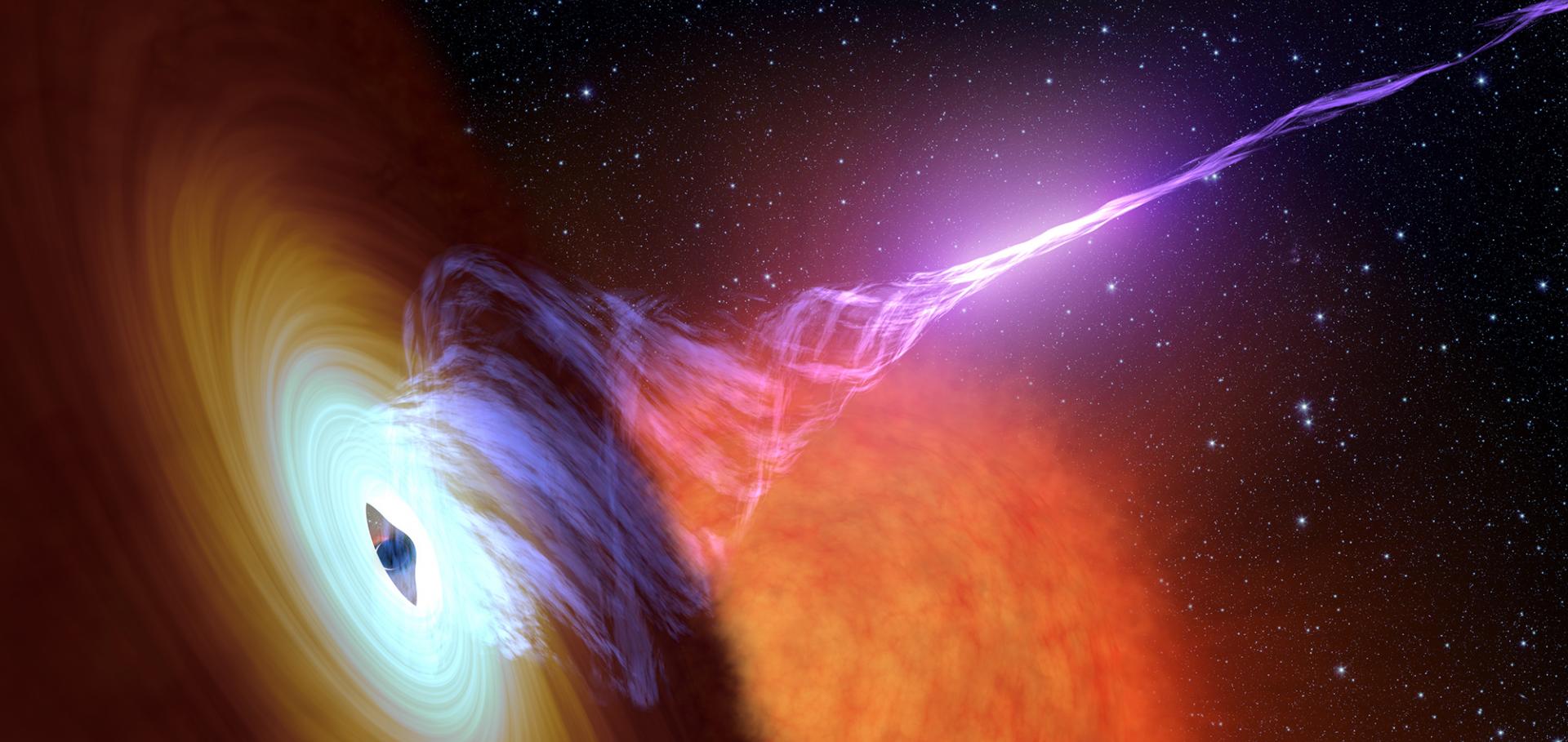Bow-shocks, nova shells, disc winds and tilted discs: the Nova-Like V341 Ara Has It All
Monthly Notices of the Royal Astronomical Society Oxford University Press 501:2 (2021) 1951-1969
Abstract:
V341 Ara was recently recognized as one of the closest (d ≃ 150 pc) and brightest (V ≃ 10) nova-like cataclysmic variables. This unique system is surrounded by a bright emission nebula, likely to be the remnant of a recent nova eruption. Embedded within this nebula is a prominent bow shock, where the system’s accretion disc wind runs into its own nova shell. In order to establish its fundamental properties, we present the first comprehensive multiwavelength study of the system. Long-term photometry reveals quasi-periodic, super-orbital variations with a characteristic time-scale of 10–16 d and typical amplitude of ≃1 mag. High-cadence photometry from theTransiting Exoplanet Survey Satellite (TESS) reveals for the first time both the orbital period and a ‘negative superhump’ period. The latter is usually interpreted as the signature of a tilted accretion disc. We propose a recently developed disc instability model as a plausible explanation for the photometric behaviour. In our spectroscopic data, we clearly detect antiphased absorption and emission-line components. Their radial velocities suggest a high mass ratio, which in turn implies an unusually low white-dwarf mass. We also constrain the wind mass-loss rate of the system from the spatially resolved [O III] emission produced in the bow shock; this can be used to test and calibrate accretion disc wind models. We suggest a possible association between V341 Ara and a ‘guest star’ mentioned in Chinese historical records in AD 1240. If this marks the date of the system’s nova eruption, V341 Ara would be the oldest recovered nova of its class and an excellent laboratory for testing nova theory.Observations of a radio-bright, X-ray obscured GRS 1915+105
(2021)
Radio flaring and dual radio loud/quiet behaviour in the new candidate black hole X-ray binary MAXI J1631-472
(2021)
The science case and challenges of spaceborne sub-millimeter interferometry: the study case of TeraHertz Exploration and Zooming-in for Astrophysics (THEZA)
Proceedings of the International Astronautical Congress, IAC A7 (2021)
Abstract:
Ultra-high angular resolution in astronomy has always been an important vehicle for making fundamental discoveries. Recent results in direct imaging of the vicinity of the super-massive black hole in the nucleus of the radio galaxy M87 by the millimeter VLBI system Event Horizon Telescope (EHT) and various pioneering results of the Space VLBI mission RadioAstron provided new momentum in high angular resolution astrophysics. In both mentioned cases, the angular resolution reached the values of about 10−20 microrcseconds (0.05−0.1 nanoradian). Angular resolution is proportional to the observing wavelength and inversely proportional to the interferometer baseline length. In the case of Earth-based EHT, the highest angular resolution was achieved by combining the shortest possible wavelength of 1.3 mm with the longest possible baselines, comparable to the Earth’s diameter. For RadioAstron, operational wavelengths were in the range from 92 cm down to 1.3 cm, but the baselines were as long as ∼350,000 km. However, these two highlights of radio astronomy, EHT and RadioAstron do not”saturate” the interest to further increase in angular resolution. Quite opposite: the science case for further increase in angular resolution of astrophysical studies becomes even stronger. A natural and, in fact, the only possible way of moving forward is to enhance mm/sub-mm VLBI by extending baselines to extraterrestrial dimensions, i.e. creating a mm/sub-mm Space VLBI system. The inevitable move toward space-borne mm/sub-mm VLBI is a subject of several concept studies. In this presentation we will focus on one of them called TeraHertz Exploration and Zooming-in for Astrophysics (THEZA), prepared in response to the ESA’s call for its next major science program Voyage 2050 (Gurvits et al. 2021). The THEZA rationale is focused at the physics of spacetime in the vicinity of super-massive black holes as the leading science drive. However, it will also open up a sizable new range of hitherto unreachable parameters of observational radio astrophysics and create a multi-disciplinary scientific facility and offer a high degree of synergy with prospective “single dish” space-borne sub-mm astronomy (e.g., Wiedner et al. 2021) and infrared interferometry (e.g., Linz et al. 2021). As an amalgam of several major trends of modern observational astrophysics, THEZA aims at facilitating a breakthrough in high-resolution high image quality astronomical studies.Radio flaring and dual radio loud/quiet behaviour in the new candidate black hole X-ray binary MAXI J1631-472
Monthly Notices of the Royal Astronomical Society Oxford University Press (OUP) 501:4 (2021) 5776-5781


